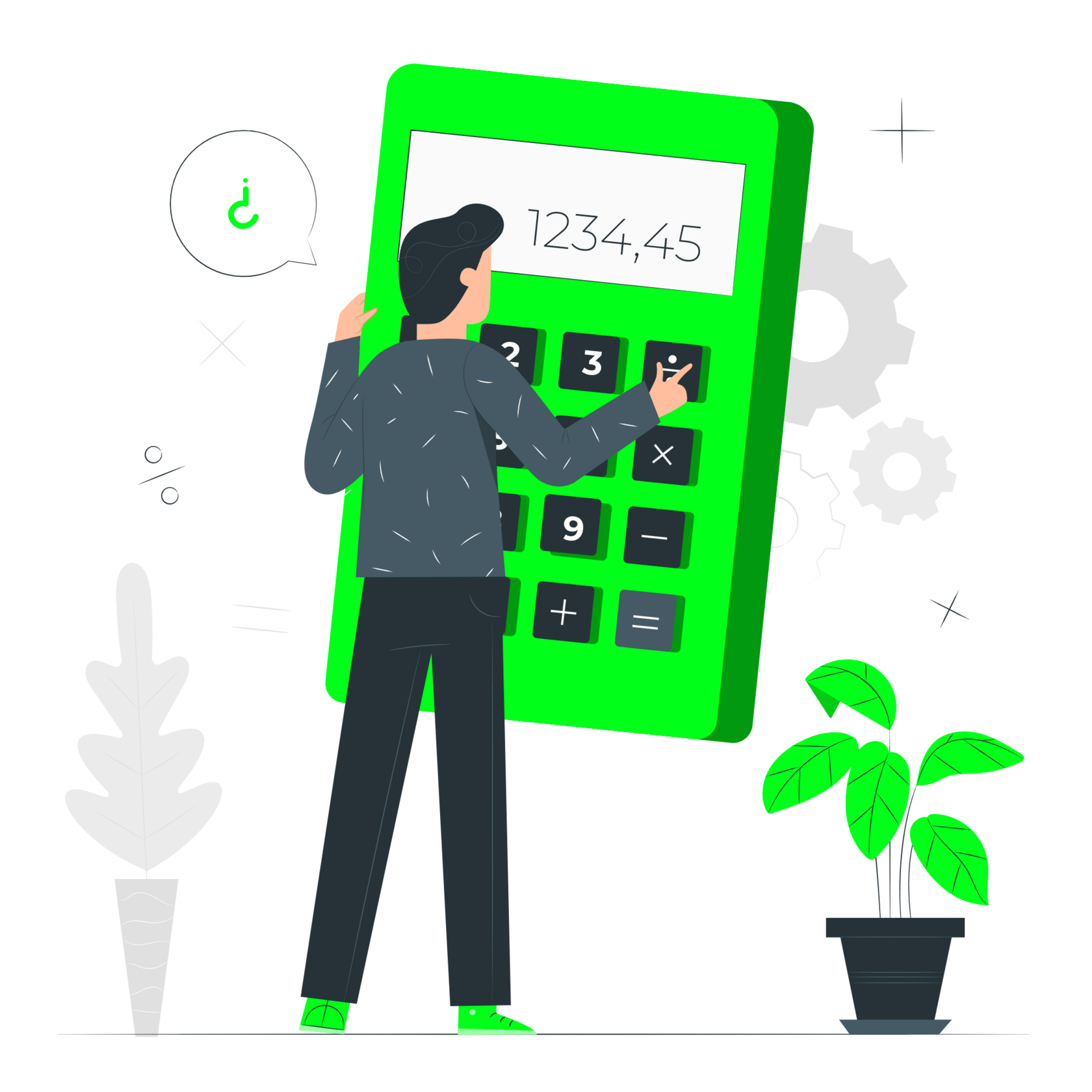How to set the correct price for a product on Amazon?

1. Market and competitor research
The first step in setting a price is market research and competitor analysis. It is important to understand what prices other sellers offer for similar products. To do this, you can use the following tools:
Amazon Seller Assistance App: Allows you to track your competitors' prices and compare them to yours.
Keepa: This platform offers data on price trends on Amazon, allowing you to understand how prices have changed over time.
2. Accounting for all costs
Before setting a price, it is necessary to take into account all costs associated with the production, logistics and sale of the product. Include the following expenses:
Production costs: the cost of producing or purchasing a product.
Shipping and logistics: the cost of transporting the product to the Amazon warehouse (or to the customer if you use Fulfillment by Merchant).
Amazon Fees: Amazon charges a commission per sale, which varies depending on the product category.
Advertising: costs of promoting a product within the platform.
3. Pricing Strategies
There are several strategies you can use when setting your price on Amazon:
Minimum price strategy: attracting buyers with low prices. Suitable for new sellers to gain initial audience.
Premium pricing strategy: setting a high price for unique or branded products. It works if you have a high-quality product with unique characteristics.
Average market price strategy: setting prices at the level of competitors. Helps avoid price wars and maintain stable income.
4. Using dynamic pricing
Amazon offers a dynamic pricing tool that allows you to automatically adjust your price based on changes in the market. Using this tool helps you stay competitive without constantly monitoring the market.
5. Monitoring and price adjustment
After setting the initial price, it is important to regularly monitor its effectiveness and make adjustments. Analyze the following indicators:
Sales and Profits: If a product is selling poorly, the price may be too high. If demand is high, you can try to increase the price.
Reviews and ratings: positive reviews may allow you to increase the price, since the high quality of the product justifies the additional costs for the buyer.
Buy Box Rating: To increase your chances of getting into the Buy Box, it is important to maintain a competitive price.
6. Psychological pricing
Don't forget about the psychological aspects of pricing. Prices ending in .99 are perceived as lower than the rounded amounts. For example, a price of $9.99 looks more attractive than $10.00, although the difference is only one cent.
Conclusion
Pricing correctly on Amazon is an art that requires analyzing the market, considering costs, and using strategies that are appropriate for your product and target audience. Regular monitoring and flexibility in price adjustments will help you remain a competitive and successful seller. Don't make mistakes in pricing, always your Rokfel!
